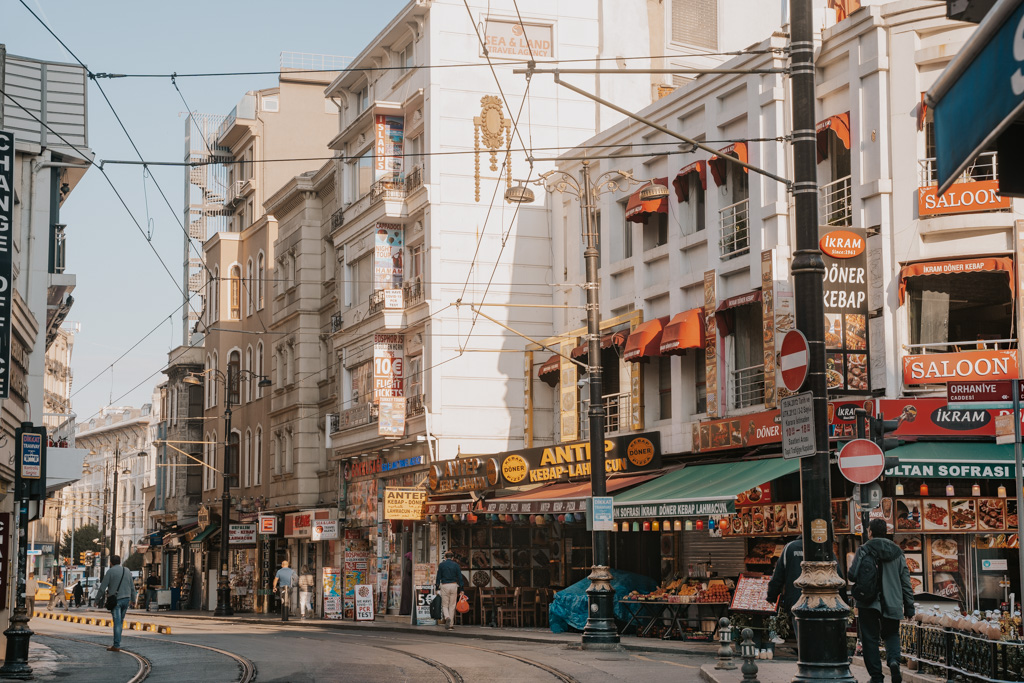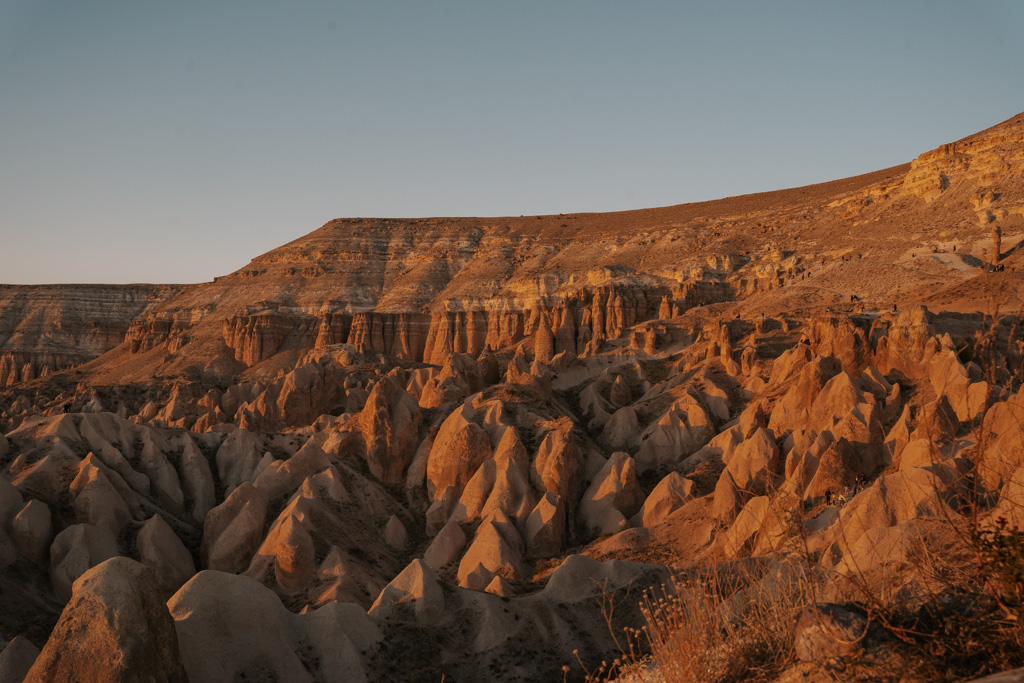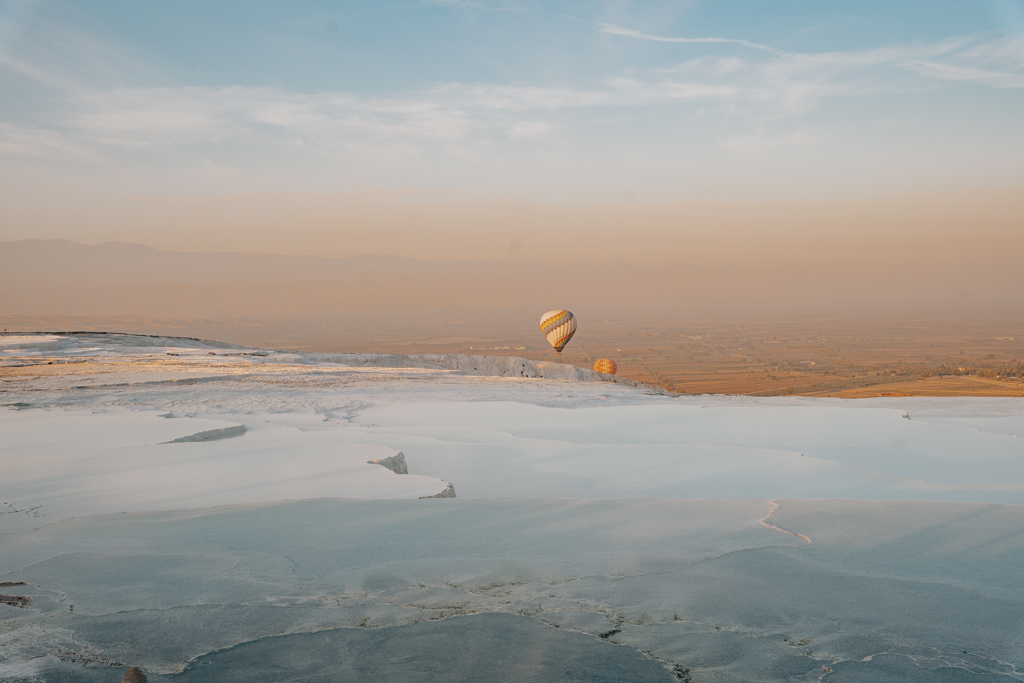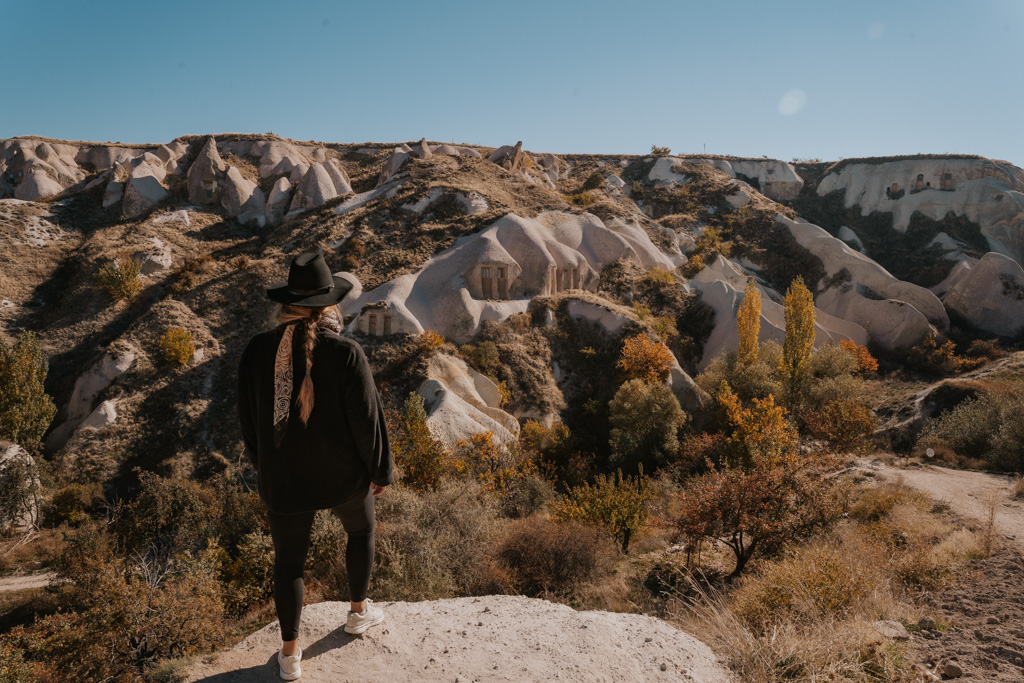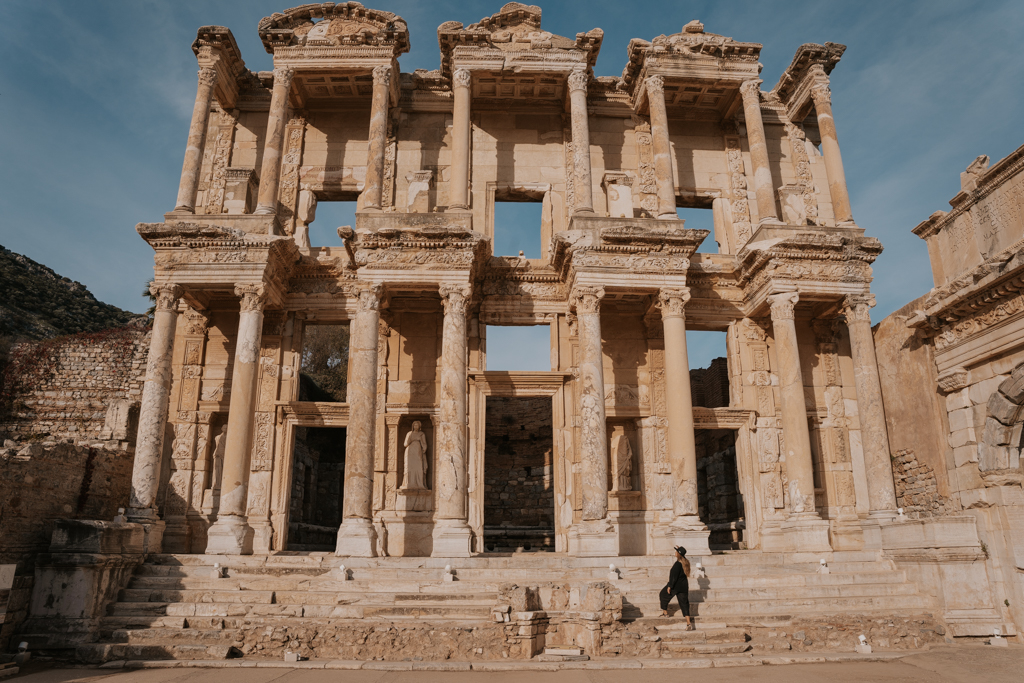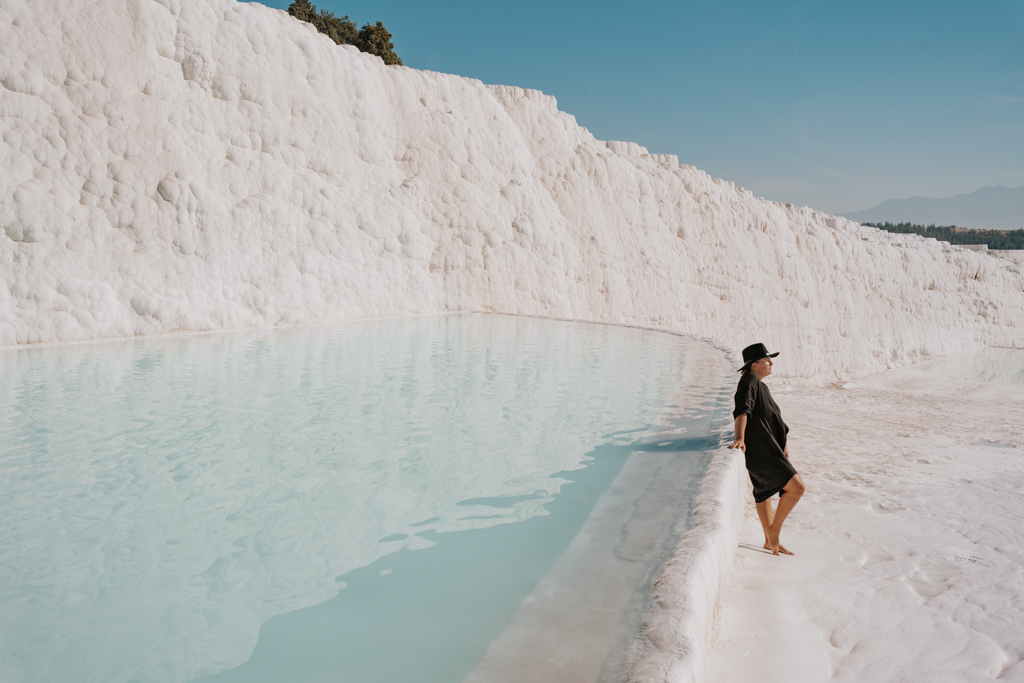
Turkey
“Turkey really does have it all…”
From the spice-filled markets, architectural marvels and culturally-rich bustling streets of Istanbul, to the natural beauty of Cappadocia and Pamukkale, to the pristine beaches of the Turquoise Coast, Turkey really does have something for everyone.
Spanning the continents of Europe and Asia, Turkey provides a chaotic yet delicious melding of cultures, tastes, sounds and smells. Hop in your rental car and take a road trip around this diverse country. You’ll thank me later. Oh, and don’t forget a stop at the iconic ancient city of Ephesus.

